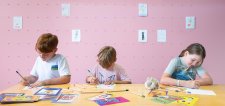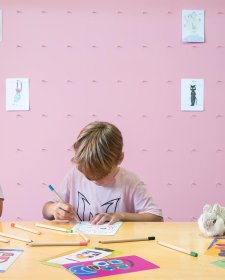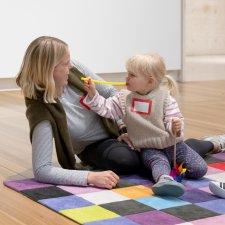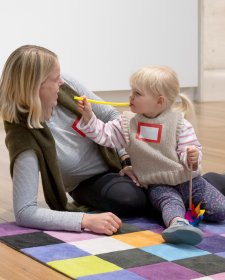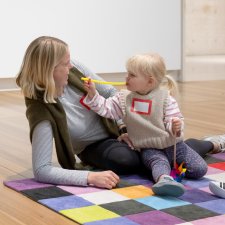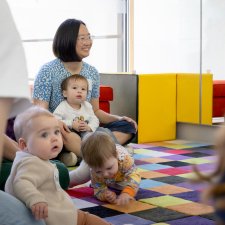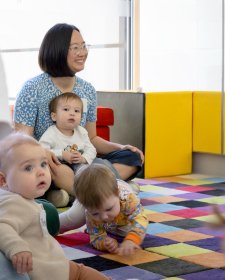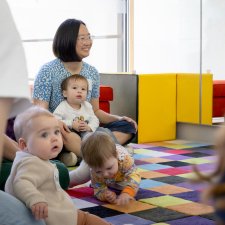Professor Mandyam Srinivasan: "There are three prongs, I guess, to the research we do in our lab. One is to look at these creatures with small brains that seem to perform exceedingly well. So if you look at a honeybee, for example, that sets out from its hive, it goes and does a meandering search for food. It can fly up to 10 kilometers looking for food. When it finds the food, it'll literally make a beeline back home. They're beautiful navigators, and one of the challenges for us as scientists is how do they actually do this? What are the techniques these insects take with these tiny brains?
The other aspect is that these animals really do use some cool tricks to navigation. Can we copy some of these ideas into the design of vision systems for aircraft that'll help fly autonomously without the aid of external sources such as GPS and landing systems and so on?
The third aspect of our work has to do with trying to push the perceptual capacity of these bees to try and see how far can they really go with these tiny brains. That's the sort of thing we're trying to explore, to see how much a tiny brain can do. We're finding that the more you explore this thing, the more surprised you are about how capable they are. It's given us a lot of respect for these tiny creatures.
When it first came to be that Sam Leach was going to be doing the portrait, we met really for just one day. He came over to Brisbane, we spent the whole day together, so he visited the lab and looked at several items, talked to people, and took several pictures. He's done a kind of an assembly of all of those, based on his individual photographs.
I really wanted it to be set in context, in the lab where all the experiments go on. I also wanted one of my experimental subjects to be there, so if you'll know that he's got this little tiny bee. It's a beautifully detailed, meticulous portrait of a bee. He's also got an enigmatic hand with a bangle, if you notice. That's because, he explained to me later on, that he was sort of struck by the apparent gender balance in our lab, and so one of the people there is a collaborator of mine, Julia Curley. That's her hand out there with the bangle.
That particular photograph is the back side of a curved mirror. If you have a bee flying towards a mirror where it sees it's own reflection, it does not try and avoid a collision. It goes slam into this mirror. (laughs) Which really surprised us in the beginning. This experiment with the mirror is telling us that the bees are using this thing called parallax to work out how far away the obstacles are.
The other table beneath it, with the radiating spokes ... that's something where we were trying to see manage when they have to land in a crosswind when you change the visual patterns that are given to them in the substrate on the ground. Then these polka dot patterns on that tunnel, that's the tunnel that was used to determine how they fly down the middle of a tunnel. And so it's a collage of different things that he put together.
I think Sam Leach, the artist, has actually captured that sense of enjoyment that I have in that painting. He's got that slightly mischievous smile there (laughs), which is the kind of smile I usually produce when about to tell a bad joke and usually get censored, right? (laughs) But it's delightful. Yeah. It's a completely humbling experience, and I'm so grateful for it."

